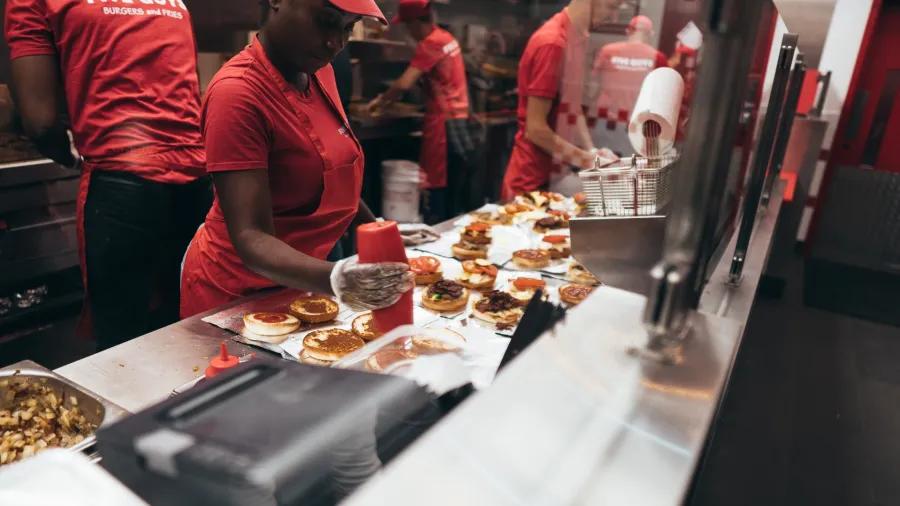
What does 2024 look like for restaurants?
Introducing a new menu with innovative dishes will be the number one priority in 2024.
More innovative dishes, expanding delivery options, and implementing a loyalty programme are just some of the things quick-service restaurant operators will focus on in 2024, a joint report by The Restaurant and Catering Association, Mastercard, and Uber Eats revealed.
From July 2022 to July 2023, the industry experienced an 18.4% growth compared to 0.4% in the same period from before. However, more than nine in 10 restaurants have said that their business has faced financial difficulties in the past 12 months.
ALSO READ: Restaurant remodels boosts Collins Foods H1 growth
Small business owners or those with fewer than 20 employees are more than twice as likely to say their financial position is worse than 12 months ago compared to medium and above enterprises or those with more than 20 employees.
Three in four restaurateurs surveyed (74%) are concerned with rising costs to run their business, with four in ten (40%) very concerned.
The top contributors to the rising costs in 2023 are increased energy costs, supply chain disruptions, inflation, and increasing labour costs.
To mitigate the impact, 45% of business owners have increased their menu prices whilst 34% partnered with online food delivery apps.
More than one in five have made menu changes or substitutions or double-down special promotions and discounts.
Embracing online food delivery
The survey found that Australian restaurants continue to embrace online food delivery (OFD) as an important channel to reach new and existing customers.
Surveyed restaurateurs, who are on OFD, estimate that 34.5% of their business comes from OFD. Regional Australia has seen significant growth in spending for OFD services across the past year, according to Mastercard SpendingPulse data.
MORE LIKE THIS: 7 in 10 QSR employees want earned wage access
Tasmania saw the most increase in OFD spending at 29.2% year-on-year (YoY) with West Australia not far behind at 27.4% YoY. They are followed by Queensland (26.7%), South Australia (20.7%), New South Wales (13.6%), and Victoria (8.7%).
Over half (55%) of the restaurateurs surveyed have a positive perception towards OFD platforms. This increases to two-thirds (68%) for those using OFD platforms and three in four (74%) amongst those on Uber Eats.
The top benefits that restaurants found with OFD services include unlocking better customer data, staying ahead of the competition, driving sales, and reaching more potential customers.
Despite these many restaurant operators have experienced challenges when adopting OFD. Some of these are adapting dishes for online delivery, that travel well (55%), handling fulfilment and logistics including speed of pickup/ delivery, reliable delivery people (54%) and meeting customers' expectations over food quality (45%).
Looking to the future
Restaurant operators have also started to embrace new initiatives for 2024.
34% have said they will focus on introducing a new menu with innovative dishes. 32% are expanding delivery and takeout options. 31% plan to implement a loyalty program whilst 29% will be offering more sustainable and eco-friendly dining options.
Meanwhile, 28% have said they will increase their focus on dietary preferences and invest in new tech for order management and customer engagement.
“The report shows restaurant owners are adopting an array of enterprising approaches to address challenges like the rising costs of goods and concerns about a possible dip in discretionary spending. It’s equally positive to see services like Uber Eats can play a role in helping restaurants with higher volume orders at more times throughout the day. As well as providing additional avenues to build revenue in cities we're also seeing an uptake of OFD use outside the metropolitan areas. Our regional expansions earlier this year will help more merchants across Australia harness the demand for e-commerce convenience in the months ahead,” said Bec Nyst, General Manager at Uber Eats ANZ.

























